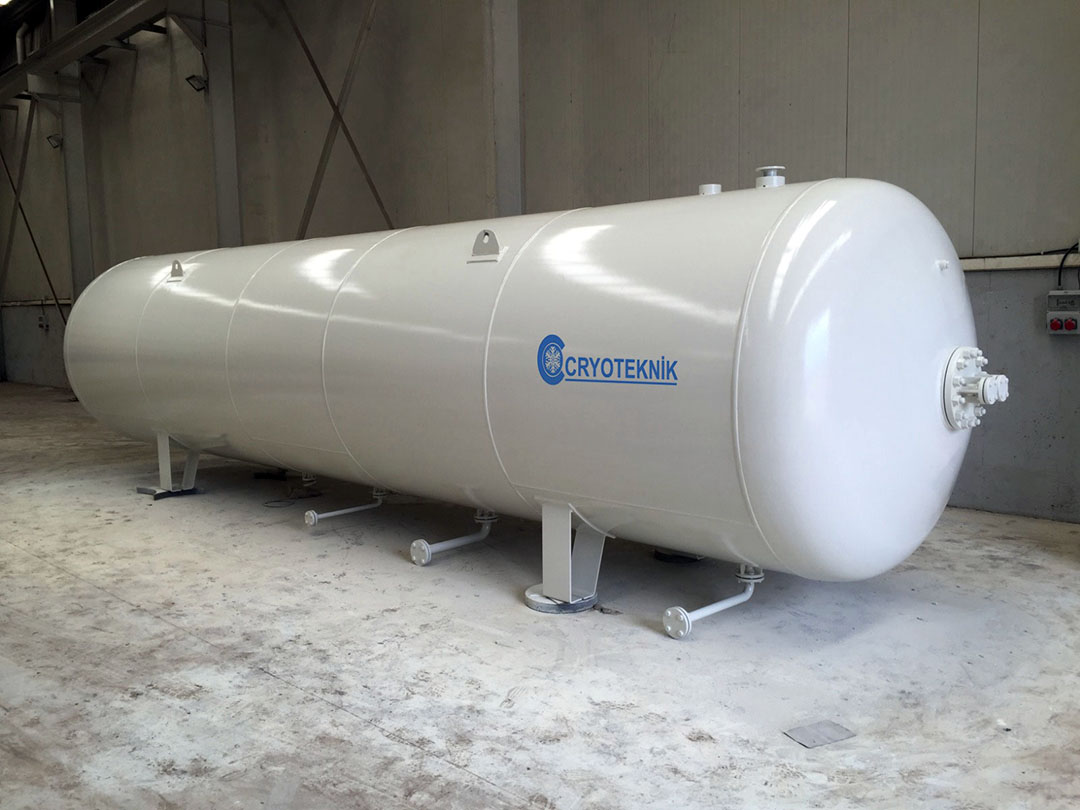LPG Storage and Transport: Tanks A Lot! LPG, or Liquefied Petroleum Gas, is a versatile fuel source used globally for heating, cooking, and transportation. However, its unique properties require specialized storage and transport methods. Let’s dive into the world of LPG tanks and explore the different types used for storage and transportation.
Types of LPG Storage Tanks:
- Stationary Tanks: These are often large, cylindrical tanks used for bulk storage at industrial facilities, refineries, or large residential complexes. They can be constructed from steel or concrete and come in various sizes depending on the storage needs.
- Mobile Tanks: These tanks are designed for transportation purposes and can be found on trucks, trailers, or even trains. They are typically smaller than stationary tanks and built with reinforced steel to withstand the rigors of transport.
- Cylinder Tanks: These are the most familiar type of LPG tank used for residential purposes. They come in various sizes and are portable, making them ideal for use with BBQ grills, camping stoves, and even as backup fuel for homes.
Materials Used in LPG Tank Construction:
- Steel: The most common material due to its strength and durability. Different grades of steel are used depending on the tank’s size and purpose.
- Composite Materials: Newer tanks sometimes utilize composite materials like fiberglass, offering advantages such as lighter weight and corrosion resistance.
- Concrete: Used for large stationary tanks, offering high durability and fire resistance.
Safety Features of LPG Tanks:
- Pressure Relief Valve: This crucial safety feature releases excess pressure in case of overfilling or excessive heat, preventing explosions.
- Shut-off Valves: These valves allow for the control of gas flow and can be manually or automatically operated.
- Level Gauges: Indicate the level of LPG in the tank, helping prevent overfilling and ensuring adequate supply.
- Excess Flow Valve: Automatically shuts off gas flow if a leak or line rupture is detected.
Transporting LPG:
- Road Transport: The most common method for short and medium distances, using trucks or trailers with specially designed mobile tanks.
- Rail Transport: Suitable for long-distance transportation of large LPG volumes, utilizing specialized rail tank cars.
- Ship Transport: Essential for international and intercontinental LPG trade, using large vessels with dedicated storage tanks.
Important Considerations for LPG Storage and Transport:
- Regulations: Adhering to local and international regulations is crucial for ensuring safety and environmental protection.
- Maintenance: Regular inspection and maintenance of tanks and associated equipment are essential to prevent leaks and ensure safe operation.
- Training: Proper training for personnel handling LPG is vital to minimize risks and ensure safe handling practices.
LPG offers a clean and efficient fuel solution for various applications. Understanding the different types of LPG storage and transport tanks, their construction, and safety features is essential for ensuring safe and responsible use of this versatile energy source.
To see LPG Storage and Transport Tanks: https://cryoteknik.com/en/product-cat/lpg-tank-en



